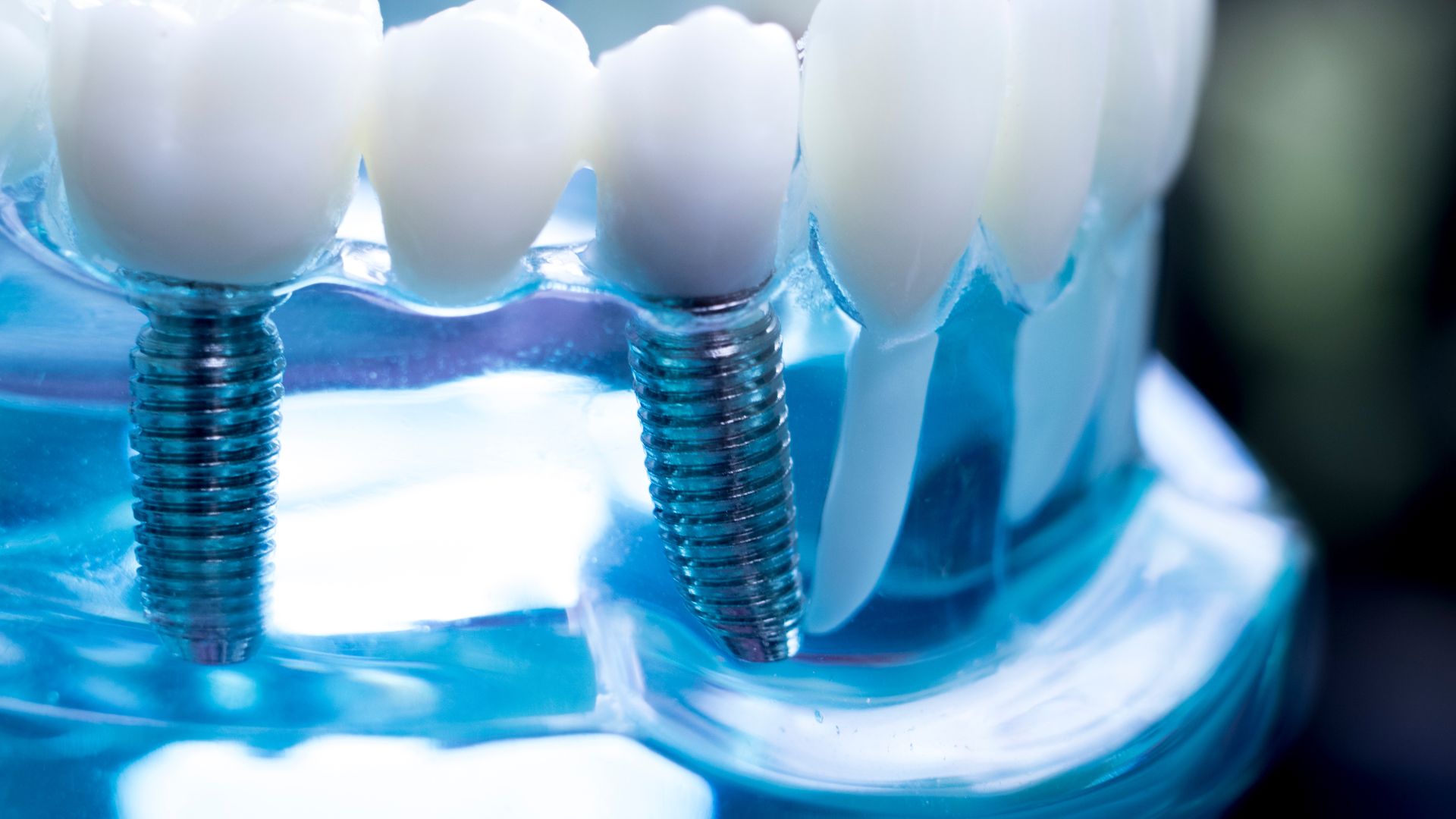Screw-Retained Implant and Bonding Implant Methods

Dental implants are usually a preferable option for treating patients who are lacking teeth. There are two methods for applying implant dentistry: bonding implants and screw implants.
What are the benefits of bonding and screw implants?
Dental veneer made of zirconium or porcelain are applied to titanium implants that are cemented into the jawbone in screw implant and bonded implant treatment procedures. Compared to alternative methods of treating lost teeth, implant treatment generally has advantages. Additionally, there are benefits to bonded and screw implants. These benefits consist of:
Screw Implants:
When one or more teeth are missing, screw-retained implants are utilised to secure the crown or bridge to the implant that has been inserted into the jawbone. This method is employed in bridges that are intended to replace several lost teeth.
Screw Implant Advantages:
Long-lasting implants that are screw-retained have a lifetime potential with proper maintenance. This is a substantial benefit. It is the most successful at performing the chewing task and offers the closest use potential to real teeth. In the event that the dental veneer or tissues become compromised, it offers simple intervention. Cost-wise, bonding could be more expensive than implants. When it comes to front teeth—where appearance is paramount—screw-retained implants are not the best option.
Bonding Implants:
In bonded implant treatment, the titanium implant inserted into the mandible is covered with an abutment, or connecting material. Using very powerful adhesives, single tooth crowns or bridges are bonded to the abutment. Cemented implants are another name for this.
Bonding Implants Advantages:
Compared to screw implants, the procedure takes less time to execute. In front teeth, where screw implants would not be the most appropriate choice, it can be used aesthetically. The crown is used in its entirety because no hole is required to access the screw.
Nonetheless, screw-retained implants outlast glued implants in terms of durability. Bonding implants are not able to offer the same level of comfort when chewing. It is not typically used for teeth grinding because of this. The adhesive substance that is used needs to be well cleaned to prevent infection.
How is a Screwless Implant done?
The structure of screw-retained implants includes spiral-shaped channels. These channels are absent from screwless implants, which have a unique titanium implant that adheres to the jawbone. Compared to screw implants, screwless implants require less surgery to put, and the recovery period is shorter. Nonetheless, the dentist will select a screw or screwless implant based on the location of the implant and the state of the jaw bone.
What are the differences between screw implants and bonded implants?
- When it comes to implant therapy, bonding implants are the more aesthetically pleasing option in the front incisor location. Closing the space on the extra screw is therefore not an issue because the dental crown is used in its entirety.
- More robust screw implants are suggested in the region where the teeth are grinding. This prevents issues with dental tissue that could result from using too much adhesive. Since the tooth is in the back, the filling covering the screw does not visually interfere with the appearance of the tooth.
- The likelihood of repair is reduced and repair may not be feasible without further harming the dental coating in bonded implants. If necessary, the screws in screw implants allow for the entire removal of the dental coating, allowing easy access to the titanium implant, jawbone, and gums.
- The adhesive residues in glued implants can lead to diseases like gingivitis and are challenging to clean. This is not an issue because screw implants don't require adhesive. The dentist can tighten the screw, even if it might come loose.
Depending on the location of the lost tooth, your expectations for the procedure, and other factors like cosmetic considerations, you may choose between bonding implant treatments and screw-retained implant treatments. In addition, all fourteen and all ten six implant treatments are taken into consideration in cases where there are a lot of missing teeth.
If you have any questions you do not find here, please contact us.
